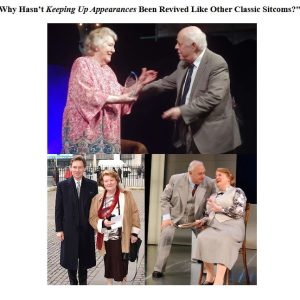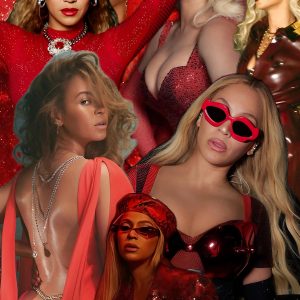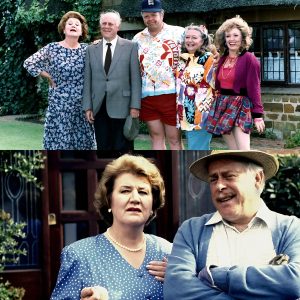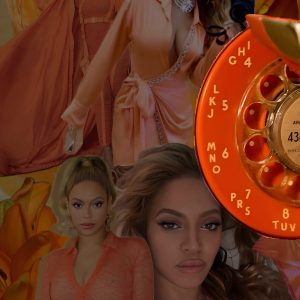Why Keeping Up Appearances Captivated the 1990s—But Might Miss the Mark Today
In an age when primetime comedy was ruled by laugh tracks, lavish costumes, and larger-than-life characters, one woman stood above them all—metaphorically, of course, as she’d never dare climb anything without gloves. Hyacinth Bucket (pronounced Bouquet, thank you very much) was the self-anointed queen of suburban sophistication in Keeping Up Appearances, the iconic British sitcom that captured millions of hearts—and laughs—throughout the 1990s. With her faux-genteel airs, insufferable social pretensions, and long-suffering husband Richard, Hyacinth wasn’t just a character; she was a phenomenon.
But fast-forward to 2025, and the once-glittering shine of her polished teapots and candlelight suppers has dulled in the glare of today’s modern sensibilities. What made Keeping Up Appearances such a smashing success three decades ago? And why might it stumble in today’s streaming-saturated, socially aware entertainment landscape?
A Comedy of Manners for a Bygone Age
Debuting in 1990 and running for five series until 1995, Keeping Up Appearances was quintessentially British: steeped in class anxiety, suburban absurdity, and impeccable timing. At its core was Hyacinth, the indomitable woman on a mission to climb the social ladder—whether society liked it or not. Her desperate attempts to distance herself from her less “refined” relatives (think Daisy and Onslow, who practically redefined the word “slovenly”) served as the engine of the series’ farce.
To a 1990s audience, Hyacinth’s delusions of grandeur were not just funny—they were relatable. Britain was still emerging from the Thatcher era, with class divisions sharply etched into the cultural landscape. Hyacinth’s obsession with status—her Royal Doulton china, her telephone voice, her horror at the mere thought of a relative in denim—reflected the tensions of a society in flux. And crucially, she wasn’t mean-spirited. Her ambition was laughable, yes, but also oddly admirable in its tireless, unbreakable persistence.
The 1990s were also the golden years of the traditional sitcom. Shows like Only Fools and Horses, Absolutely Fabulous, and The Vicar of Dibley reveled in ensemble casts, studio audiences, and tight 30-minute episodes built on repetition and escalation. Keeping Up Appearances thrived in that environment. It knew its formula—Hyacinth schemes, Richard suffers, Onslow disrupts—and it executed it to perfection.
Streaming, Sensitivity, and the Death of the Laugh Track
Cut to 2025, and the television landscape couldn’t be more different. Audiences today are not just more fragmented; they’re fundamentally different. Platforms like Netflix, Prime Video, and Disney+ offer viewers infinite choice, making serialized storytelling, edgy humor, and character depth the new currency. The tidy, episodic structure of shows like Keeping Up Appearances feels like a relic of a simpler time.
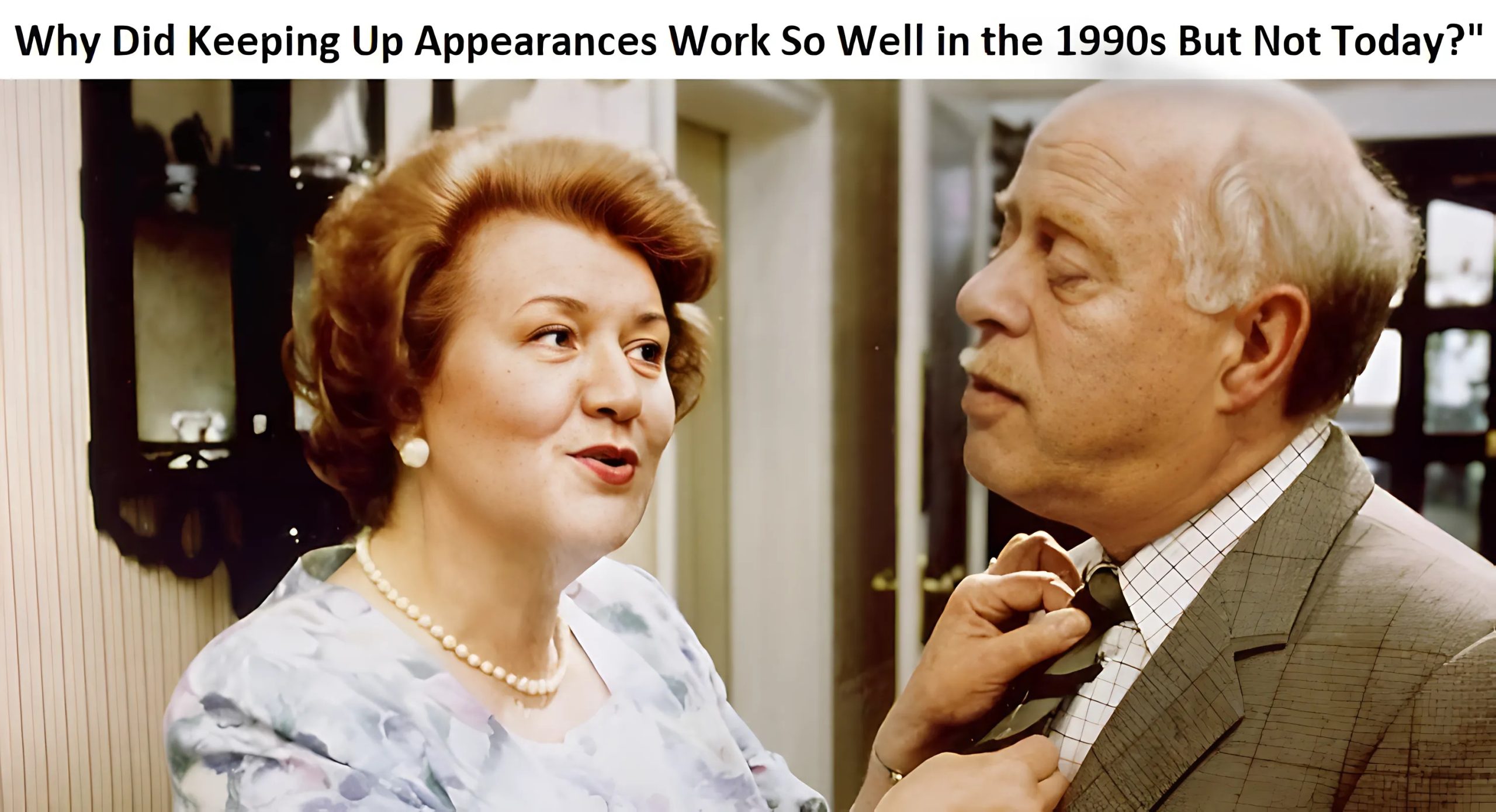
More importantly, today’s viewers—particularly Gen Z and younger Millennials—consume content through an entirely different cultural lens. Humor that once centered on rigid class structures, social humiliation, and exaggerated stereotypes is increasingly seen as tone-deaf or outdated. Hyacinth’s mocking of her working-class relatives, once seen as innocent comedy, may now feel elitist or exclusionary. Without a clear sense of satire or self-awareness, her antics can come across not as harmless silliness but as social intolerance.
Then there’s the matter of representation. In the 1990s, Keeping Up Appearances was in step with its era: a homogenous cast, a singular cultural viewpoint, and a suburban world untouched by conversations around race, gender identity, or global diversity. In 2025, viewers expect a broader spectrum of voices and experiences. The show’s overwhelmingly white, middle-class British perspective feels narrow—perhaps even claustrophobic—in a globalized media market.
Could a Modern Makeover Work?
Despite these challenges, could Keeping Up Appearances be reinvented for today? The short answer: possibly—but not without risk.
Imagine a modern Hyacinth: a woman not obsessed with social class, but with social status. Her new Royal Doulton china? An Instagrammable kitchen. Her precious candlelight suppers? Curated influencer dinners, complete with hashtags and drone footage. In this version, her greatest fear isn’t a visit from Daisy—it’s a canceled TikTok collaboration or a viral video exposing her real accent.
The essence of Hyacinth’s character—a woman desperate to become something she’s not—could still resonate today. But the execution would require sensitivity, cultural awareness, and a balancing act between satire and empathy. Incorporating diverse characters and modern storylines (say, Onslow’s daughter is a non-binary tech genius, or Richard joins a mindfulness retreat to cope with his anxiety) could bring fresh relevance. But such updates may alienate long-time fans who revere the show’s original charm and gentle absurdity.
A Timeless Legacy, Not a Timeless Formula
Ultimately, the question isn’t whether Keeping Up Appearances could work today—it’s whether it should. The show is, in many ways, a perfect time capsule. It encapsulates a unique moment in British history when class consciousness was ripe for parody and when viewers found comfort in predictable, low-stakes storytelling.
And therein lies its enduring magic.
In an era of constant noise, information overload, and serious storytelling, there’s still something irresistibly comforting about watching Hyacinth fuss over her floral arrangements, shoo away the postman, or insist on proper pronunciation of her surname. Nostalgia remains a powerful force, and for many, rewatching Keeping Up Appearances is like slipping into a cozy pair of slippers—dated, perhaps, but delightfully familiar.
The Final Curtain Call
Keeping Up Appearances worked in the 1990s because it was perfectly in tune with its audience and the cultural climate of the time. Its brand of comedy, though simple, was sharply observed, brilliantly acted, and meticulously crafted. But television has evolved, and with it, so have viewers’ expectations.
While Hyacinth’s dream of climbing the social ladder may never fade, her brand of comedy now belongs to a different age. That doesn’t mean it’s irrelevant—it just means it’s part of history. A delightful, ridiculous, meticulously starched chapter in the story of television comedy.
So rather than resurrect it for a modern audience that might not understand her, perhaps it’s best to let Hyacinth Bucket remain where she belongs: hosting candlelight suppers in our memories, with not a hair out of place.
Would you RSVP to that dinner party in 2025—or politely decline?
Tags: #HyacinthBucket #KeepingUpAppearances #BritishSitcom #1990sComedy #TVHistory #ClassHumor #SitcomEvolution #StreamingEra #EntertainmentAnalysis #TVNostalgia
